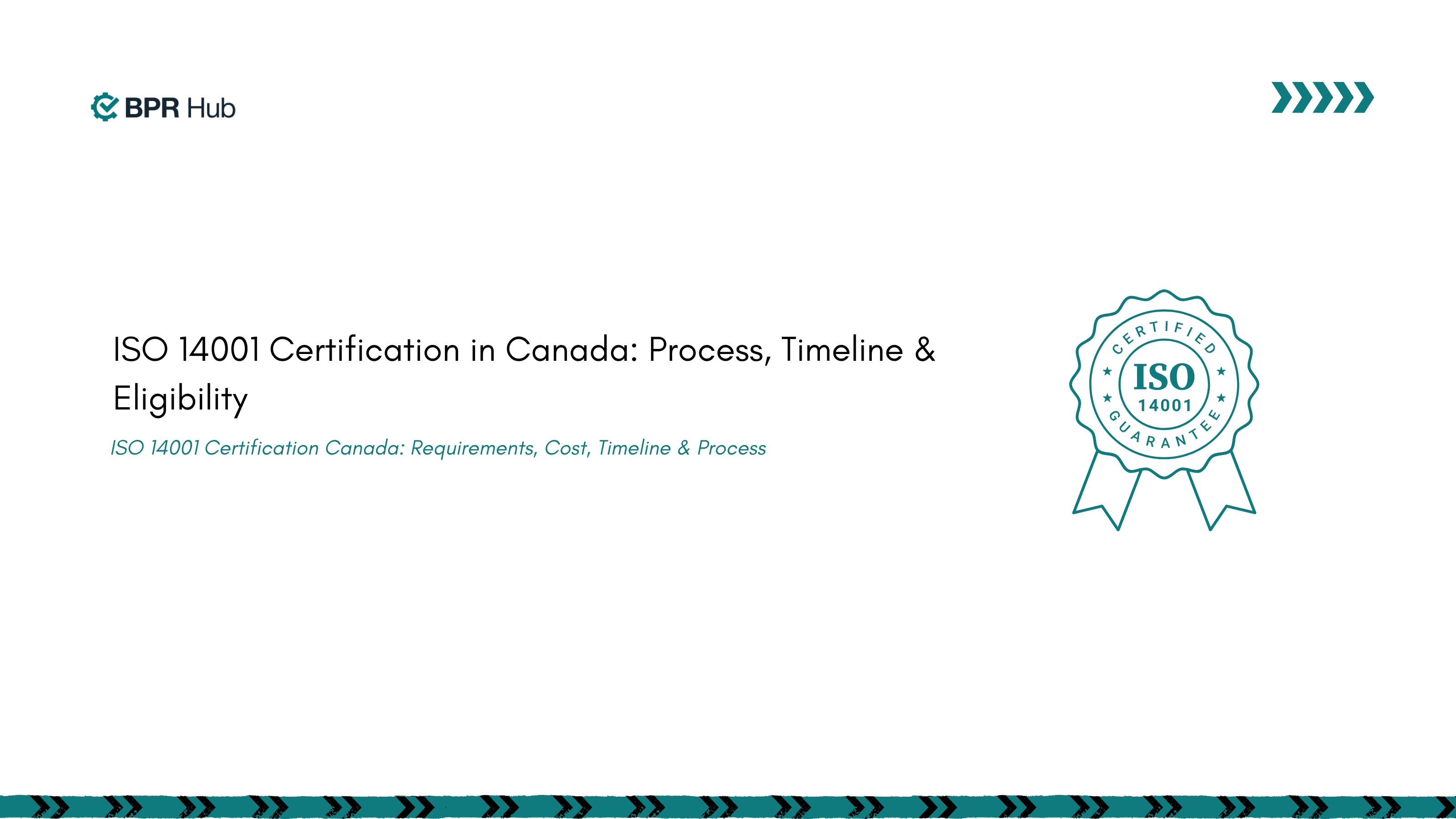Picture this: it’s 2:17 a.m. and your phone lights up. An FDA investigator has just issued a Form 483 because your e-batch record can’t prove who modified a critical parameter or when. Production grinds to a halt while you scramble to retrieve paper backups, the line sits idle at $15,000 an hour, and every minute pushes you closer to a Class II recall. By sunrise, senior leadership is calculating the cost of an emergency remediation team and the PR fallout of a public warning letter. These aren’t edge cases, they’re the real-world stakes of 21 CFR Part 11.
For QA professionals working in regulated manufacturing, one of the most frustrating challenges QA leaders face? Proving that your digital records are just as compliant, traceable, and tamper-proof as paper, especially when the FDA comes knocking. Many teams still rely on fragmented systems that lack the validation, traceability, and control required by regulators.
This guide breaks down exactly what 21 CFR Part 11 compliance means, the core requirements, and why it’s more than just a regulatory hurdle, it’s a lever for operational excellence. You’ll get a practical walk-through of each section, see how 21 CFR Part 11 compliant software simplifies your journey, and see how BPR Hub empowers manufacturers to turn compliance into a growth advantage.
What is 21 CFR Part 11?
21 CFR Part 11 is a regulation issued by the U.S. Food and Drug Administration (FDA) that establishes the criteria under which electronic records and electronic signatures are considered trustworthy, reliable, and equivalent to paper records. It applies to companies in the life sciences sector such as pharmaceuticals, biotech, medical devices, and contract manufacturers who choose to maintain electronic records subject to FDA regulations.
At its core, 21 CFR Part 11 compliance ensures that systems managing electronic records and signatures meet rigorous standards for data integrity, audit trails, and user access.
This regulation is not optional if you're submitting data electronically to the FDA. Whether you're managing Batch Manufacturing Records (BMRs), deviation logs, or electronic signatures on QA approvals, being 21 CFR Part 11 compliant is non-negotiable.
What are the Different Parts of 21 CFR Part 11 and Their Requirements?
21 CFR Part 11 is divided into three core subparts:
Each section outlines specific controls, documentation expectations, and procedural safeguards needed to maintain compliance. Let’s break them down.
BPR Hub is built to help QA teams meet 21 CFR Part 11 requirements with confidence.
📍 Book a Demo
📧 hello@bprhub.com
21 CFR Part 11: Subpart A – General Provisions
This section sets the groundwork for 21 CFR Part 11 regulations by clarifying:
- Who the rule applies to (any organization that maintains electronic records submitted to the FDA)
- Key definitions like "electronic record," "electronic signature," and "closed/open systems"
- The scope of enforcement by the FDA
Key takeaway: If your operations rely on electronic documentation subject to FDA oversight, you fall within the scope of this regulation.
21 CFR Part 11: Subpart B – Electronic Records
This is the heart of the regulation. It focuses on how electronic records are created, modified, maintained, archived, retrieved, and transmitted.
21 CFR Part 11 requirements in Subpart B include:
- Validation of systems to ensure accuracy, reliability, and consistent performance
- Audit trails that record who did what and when
- Security controls including restricted access, user authentication, and role-based permissions
- Record retention policies to ensure long-term availability of records
- Operational checks to enforce the correct sequence of steps and task completion
Your system must do more than just store data, it must guarantee accuracy, prevent tampering, and create a defensible audit trail for every action taken.
21 CFR Part 11: Subpart C – Electronic Signatures
This section governs how digital signatures are treated as legally binding, equivalent to handwritten signatures.
To comply with 21 CFR Part 11 regulations, electronic signature systems must:
- Be uniquely assigned to an individual
- Be verifiable (through biometric, password, or ID cards)
- Be traceable (link signature to specific action/document)
- Require periodic password changes and multi-level authentication
- Include safeguards against unauthorized use
Bottom line: your e-signature solution must not only be secure but verifiable, traceable, and tamper-resistant.
Before BPR Hub
Audit season was panic season.
Compliance teams scrambled through scattered file shares, outdated spreadsheets, and siloed systems. SOPs were hard to find, training logs incomplete, and version control? A guessing game.
Managers crossed their fingers, hoping nothing critical was missed and bracing for the worst.
After BPR Hub
Audit season is just another day.
Every document, every record, every change is stored in one centralized, Part 11-compliant platform. Everything is version-controlled, instantly searchable, and always audit-ready.
No more chaos. No more last-minute scrambles. Just calm confidence, whether you're managing one standard or a dozen.
BPR Hub is built to help QA teams meet 21 CFR Part 11 requirements with confidence
📍 Book a Demo
📧 hello@bprhub.com
What Are The Benefits of Achieving 21 CFR Part 11 Compliance

While the regulation may seem complex, the payoff is real:
Audit readiness – Robust audit trails and data integrity boost confidence during inspections
Data integrity – Reliable electronic records reduce errors and miscommunication
Operational efficiency – Eliminates redundant paper processes
Speed to market – Accelerates approval cycles through digital validation
Regulatory trust – Compliance demonstrates your commitment to quality and reliability
Investing in 21 CFR Part 11 compliant software does more than tick a regulatory box—it helps you scale smarter.
Read more about Understanding the ISO 9001 Surveillance Audit Process
What Does 21 CFR Part 11 Compliant Software Look Like?
21 CFR Part 11 compliant software is designed to meet all the requirements. Here’s what to look for:
- Automated System Validation: Built-in validation documentation and protocols.
- Integrated Audit Trails: Automatic, tamper-proof logs of all activity.
- Access and Security Controls: Role-based permissions, password policies, and user authentication.
- Electronic Signature Management: Secure, unique, and traceable signatures.
- Comprehensive Record Management: Easy retrieval, export, and retention of records for FDA inspection.
Pro Tip: Choosing a 21 CFR Part 11 compliant software reduces manual compliance burdens and ensures you’re always audit-ready.
How BPRHub Helps with 21 CFR Part 11 Compliance
BPRHub helps companies from scratch to support 21 CFR Part 11 compliance across various industries like pharmaceutical and life sciences operations, etc.
Here’s how
- Audit Trail Visibility – Every change to an electronic record is time-stamped, user-tracked, and version-controlled
- Role-Based Access Controls – Define who sees and edits what—down to the document or field level
- Real-Time Dashboards – Monitor compliance status across teams and facilities
- Automated SOP Enforcement – Configure operational checks and task sequencing to align with approved procedures
Still relying on spreadsheets or disconnected tools to manage compliance? BPR Hub brings Part 11-ready controls into one platform, so your next FDA audit isn’t a scramble.
📍 Book a Demo
📧 hello@bprhub.com
Key Takeaways
→ 21 CFR Part 11 defines how electronic records and signatures must be controlled to meet FDA standards.
→ It is structured into three subparts: general provisions, electronic records, and electronic signatures.
→ Core 21 CFR Part 11 requirements include system validation, audit trails, secure logins, and traceable e-signatures.
→ Benefits go beyond compliance—teams gain audit readiness, operational efficiency, and data integrity.
→ BPRHub supports full 21 CFR Part 11 compliance with validated systems, traceable signatures, and real-time audit controls.
FAQ
Q. What is the 21 CFR Part 11 standard?
21 CFR Part 11 is an FDA regulation that outlines how electronic records and signatures should be managed to ensure trustworthiness, reliability, and equivalence to paper records. It is critical for companies regulated by the FDA and using digital documentation systems.
Q. What does 21 CFR Part 211 deal with?
21 CFR Part 211 focuses on current Good Manufacturing Practices (cGMP) for finished pharmaceuticals. It covers requirements for production, process controls, packaging, labeling, and documentation—whereas Part 11 governs how electronic records/signatures are managed.
Q. What does 21 CFR stand for?
"21 CFR" stands for Title 21 of the Code of Federal Regulations. It contains all FDA regulations related to food and drugs. Part 11 is a subsection specifically dealing with electronic records and electronic signatures.
Q. What is a 21 CFR Part 11 compliance checklist?
A 21 CFR Part 11 compliance checklist includes items such as:
Is the system validated?
Are audit trails enabled and secure?
Are electronic signatures unique, secure, and traceable?
Are SOPs enforced with operational controls?
Is user access restricted and monitored?
This checklist ensures that your digital system meets all FDA-defined criteria.
Q. What is 21 CFR Part 11 simplified?
Simply put, 21 CFR Part 11 ensures that any electronic record or signature used in FDA-regulated environments is as trustworthy as a handwritten one. It’s about validating your software, protecting your data, and making sure your approvals are legitimate and secure.
Q. Why is 21 CFR Part 11 important in pharma?
The pharmaceutical industry depends on data integrity and traceability. 21 CFR Part 11 protects against errors, fraud, and noncompliance by enforcing strict standards for digital documentation. It also helps speed up processes like batch release and regulatory submissions.
Get insights that help you minimize risks and maximize profits.
Dive deeper into manufacturing compliance with our free resources.
We get it, compliance can get tough.
Here are some additional resources to help.
We get it, compliance can get tough. Here are some additional resources to help.
Get updates in your inbox

.svg)
%20(1).svg)


.jpg)
.jpg)

%20(1).svg)

.avif)

